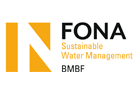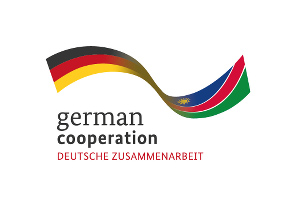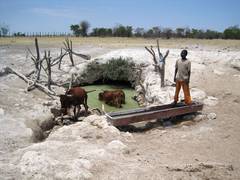Lake under the Namibian desert needs to be used sustainably
A subterranean aquifer has been found at a depth of 250-350 metres in Namibia. It is more than 10,000 years old and its volume equals 400 times the amount of water which is abstracted annually from Kunene river for drinking water supply of the region in northern Namibia. ISOE is calling for the sustainable use of this groundwater resource.
The discovery of the subterranean aquifer Ohangwena II, which lies at a depth of 250–350 metres in northern Namibia, received wide media coverage and raised many hopes: According to the German Federal Institute for Geosciences and Natural Resources (BGR), 50 wells projected to cost about 2.5 Mill. Euros not including the infrastructure should be able to supply the population in northern Namibia with additional drinking water. In a country like Namibia, which is considered to be the driest in the southern Sahel zone, news like this causes quite a stir. It awakens desires: water for people, water for livestock, water for agriculture. The story that follows seems to proceed according to the principle of „habere est adhibere“ (have = use) formulated by the social philosopher Günther Anders in his technology critique “The Antiquity of Man”, which plays out as “if I have access to this kind of aquatic treasure trove, then I am going to use it”.
How did the BGR, which conducts research together with the Namibian Ministry of Agriculture, Water & Forestry on behalf of the German Federal Ministry for Economic Cooperation and Development, come to find this water? The geologists of the BGR extended the conventional drilling depth of 100–120 metres by a considerable margin: Thanks to modern drilling technology, depths of more than 200 metres are no longer a problem. The aquifer found this way is more than 10,000 years old with low recharge rates and is located underneath a saltwater aquifer.
But before the booty is hastily distributed, we should pause to think about how these gigantic water reserves can be used sustainably. First we need to find out how the newly-discovered aquifer renews itself when groundwater is removed: Does fresh groundwater flow in i.e. is the renewal rate dynamic and adapts to the degree of use or do we need to wait 10,000 years? Is there the risk of decreasing pressure, accompanied by sinking groundwater levels? How and with the help of what kind of monitoring system can this kind of complex system behaviour be tested and assessed? Might the salty and sweet water mix due to the change in pressure or due to failures in handling the technical equipment? If we simply follow Anders’ dictum, a fantastic aquifer might either be irrevocably destroyed (for example though salinisation) or it just gets drunk dry in a very “unsustainable” manner.
These questions can only be tested with the help of a well-designed large-scale experiment. Germany has had many years of scientific and technical experience with so called low-lying aquifers. Calibrated three-dimensional groundwater models and a system of monitoring stations which are linked to one another are necessary. Germany also bears a responsibility for ensuring that this water is used sustainably. This should also be made clear during the upcoming negotiations between Germany and Namibia – firstly, so that Günther Anders isn’t proven correct, and secondly because different water usage scenarios need to be developed first, followed by a corresponding monitoring concept. BGR also insists in this. This requires long-term cooperation with mutual learning processes. Until then, the water should be saved as an emergency fall-back – for example if the Kunene River in Angola, which supplies the northern part of Namibia with significant amounts of water, has too little water during a dry period.
ISOE has had many years of experience in Integrated Water Resources Management (IWRM) in the region. We are currently managing the CuveWaters project in the Namibian Cuvelai-Etosha-Basin. Together with our partners, we have built various pilot plants in the region in order to use different water sources (rain water, groundwater, flood water, waste water) with the help of a range of technologies. This long-term approach of using all available water resources in a region in a sustainable and efficient manner needs to stay part of the water supply in an arid country like Namibia. It would be very risky to make the population’s access to clean water dependent on just one source and to irrevocably use up future generations’ natural resources.
Author: PD Dr. Thomas Kluge, ISOE Executive Board Member and project head of CuveWaters




